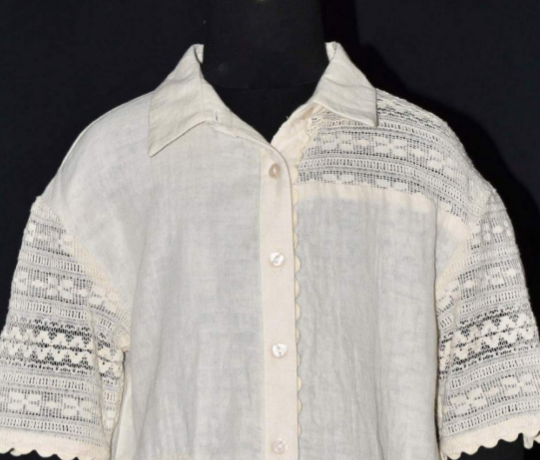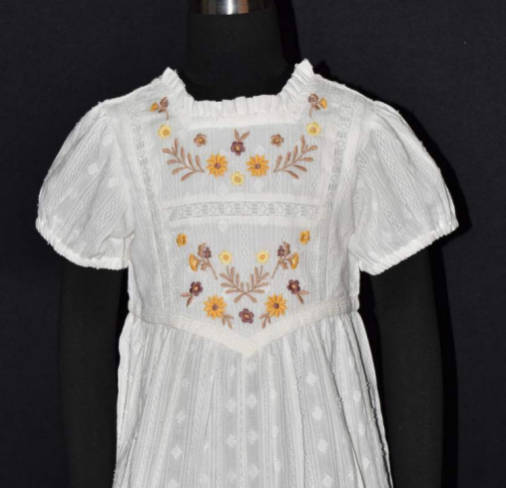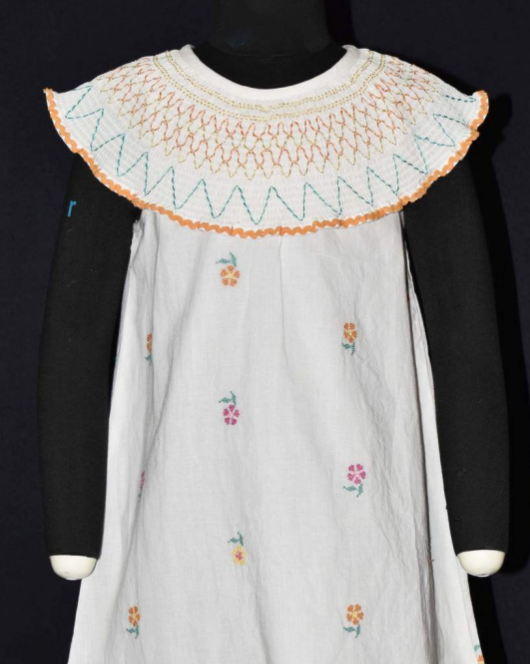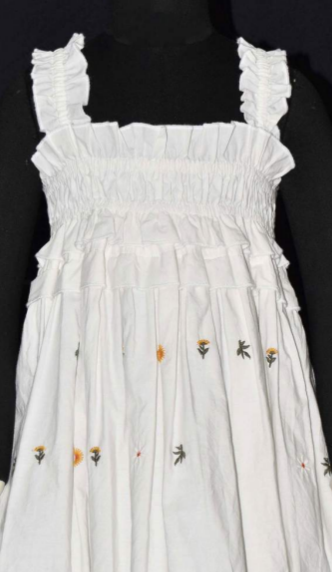How Apparel Recycling Is Done
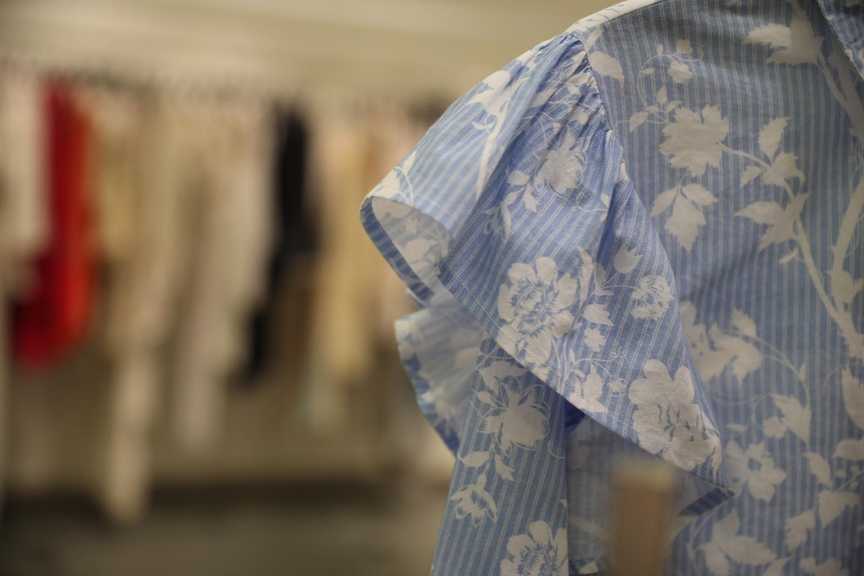
Apparel recycling is an essential process in reducing waste and promoting sustainability in the fashion industry. As the demand for fast fashion grows, so does the environmental impact of textile waste. Recycling clothing helps mitigate these effects by transforming old garments into new products, thus conserving resources and minimizing landfill contributions.
The apparel recycling process typically begins with collection. Various organizations, charities, and recycling programs gather unwanted clothing from consumers. Once collected, these garments are sorted based on their condition. Clothes in good condition may be resold or donated, while those that are damaged or worn are sent for recycling.
The next step is the separation of different materials. Textiles are primarily made from cotton, polyester, wool, and other fibers. Advanced sorting technologies, including optical scanners and manual inspections, help identify and separate these materials accurately. This separation is crucial, as different fibers require different recycling methods.
After sorting, the recycling process can take several forms. Mechanical recycling involves shredding textiles into fibers that can be spun into new yarns. Chemical recycling, on the other hand, breaks down fibers at a molecular level to create new raw materials. These recycled fibers are then used to produce new garments, insulation, or other textile products.
Recycling not only helps reduce waste but also saves water and energy, making it an environmentally friendly alternative to traditional manufacturing. As consumers become more aware of their environmental impact, apparel recycling is gaining traction, and more brands are integrating sustainable practices into their operations.
In conclusion, apparel recycling is a vital process for promoting sustainability in the fashion industry. As a leading women’s wear garments manufacturer and exporter, Cheer Sagar is committed to eco-friendly practices and aims to contribute to a more sustainable future by encouraging recycling and responsible consumption.
Related Blog
Contract Manufacturing Vs Private Label: Which Model Suits Your Women’s Fashion Brand In The U.S.?
For women’s fashion brands in the U.S., choosing the right manufacturing model is a critical decision. Two popular approaches in...
How You Can Practice Sustainable Fashion
Sustainable fashion has always been a bone of contention that has been picked over and over again. Creating a sustainable...
Want To Succeed Exporting Your Apparel To Japan? Check Out This Guide First
Japan is a major economy in the global market with their textile imports reaching up to 25 billion dollars...

